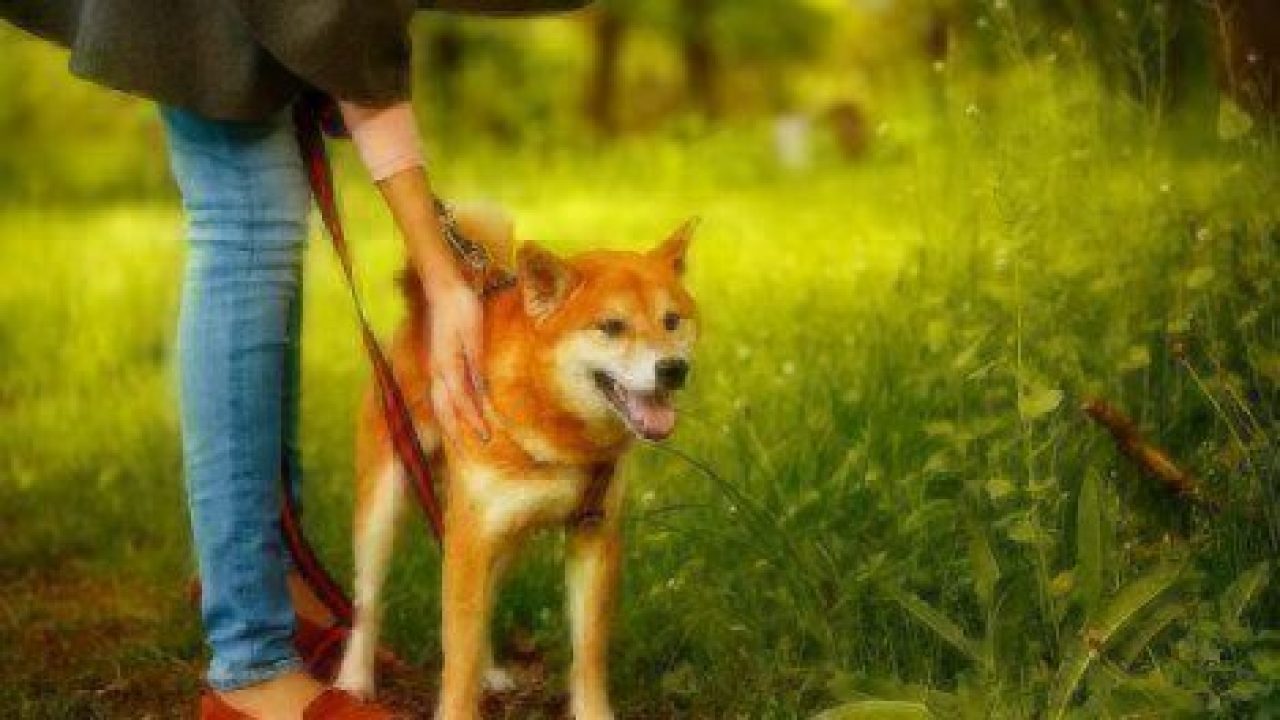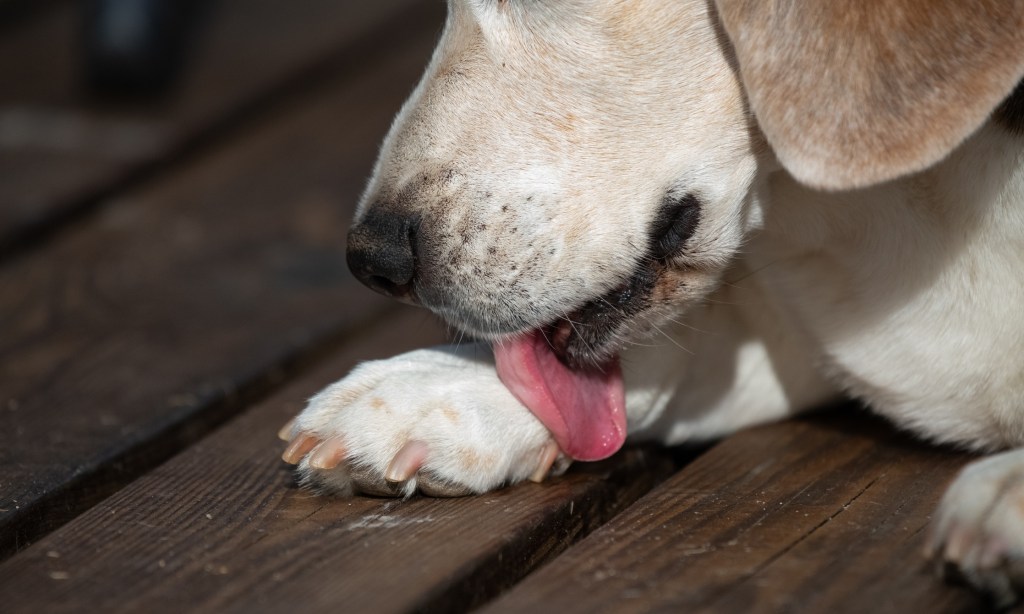Key Takeaways
- Practice focus exercises with your dog to encourage eye contact and good listening.
- Having a strong connection will help your dog do well on walks and with tricks.
- Use the “touch” cue to get your dog to touch its nose to your hand.
- A clicker and treats are helpful during dog training.
- Keep your dog’s leash within two feet during training and looser when you are taking breaks.
Table of Contents
If you’ve recently adopted a new furry family member or your cuddle bug is out of practice, you may discover that walking the dog is an exercise in patience for you. Here’s how to get back on track with some focus exercises. By using these, you can get your dog’s attention and help keep them safe.
Before you begin, you’ll need treats (lots of treats!), your dog on his/her leash, and a clicker (optional, you can always use verbal prompts instead). You will begin inside and work your way to using these cues outside.
Focus exercises for dogs
The “LOOK” cue teaches your dog to make eye contact with you. Having a connection and being able to get your dog to pay attention to only you will not only help on walks, but it’s also a great base for other tricks.
- Show your dog a treat and bring it up to your nose. Use your clicker (or say “yes!”) the instant his eyes meet yours. Make sure to only reward him with the treat when he is looking in your eyes, not at the treat. Repeat this several times.
- Next, with a treat in your other hand, bring your finger up to your nose. When your dog makes eye contact, click (or “yes!”), then give the treat with the opposite hand. Practice several times.
- Wait a few moments and see if your dog will spontaneously look to your face. If he does, click (or “yes!”) and give him a treat. If he doesn’t look at you, revisit steps #1 and #2. Once he is consistently looking at you, extend the time to hold eye contact and give treats accordingly.
- Test it: once your dog holds eye contact for 10 seconds, start distracting him by extending your hand with the treat out to the side and ask him to “LOOK.” Click (or “yes!”) and treat once he looks at you.
- Once he has mastered this, you can take your pup to a more congested area and start from step #1 again. Work up to it just as you did before.
The “TOUCH” cue teaches your dog to touch your hand with his nose. It can be used to get your dog’s attention back to you when walking on leash, especially if your dog is reactive in any way (barking, lunging at passing dogs or people etc.). It can also take the place of “come,” and most dogs enjoy the “touch” cue because it is a fun game – your dog touches your hand and gets a treat.
- Start with your clicker and treats in the same hand. Stick your opposite hand in the treat bag in order to make it smell like the treats.
- Put your “smelly hand” up to your dog’s nose. When he reaches his nose to your hand to sniff (or lick) and touches it, click (or “yes!”) at that moment and give him a treat.
- Repeat by pulling your hand a few inches away and when he makes contact, click and treat.
- Gradually move further away, using different angles, sides or heights, and when he makes contact, click and treat.
- If he stops and just stares at your hand, bring your hand in or behind your back, then bring it quickly out again.
- Once he is touching regularly, you can then add the verbal “TOUCH” so he associates the word right as he touches and you treat.
In practice, “LOOK” and “TOUCH” will get your dog to focus on you should you be in high-distraction areas or if you need to diffuse your dog’s behavior. Practice these cues while walking – remember to bring high value treats with you every time and keep these exercises short. Another thing to keep short? At first, the leash! Keep your dog within 2 feet of your body during the training, and loosen the leash when you’re stopped (or taking a break) so your dog can sniff and explore. Try speeding up, slowing down, and adding random “sit” prompts in as you practice these focus exercises.
Danette Johnston is the owner of Seattle’s Dog’s Day Out and is a Certified Professional Dog Trainer (CPDT-KA). She is an author, former Vet Tech, lecturer, a Licensed Canine Good Citizen evaluator for the the AKC and has worked as a Delta Society Pet Partner (animal assisted therapy) Instructor and Team with her dear departed dog Georgi). She currently shares her home with a brown tabby, a Pittie/Border Collie mix, a growing human boy and a very tolerant husband.






